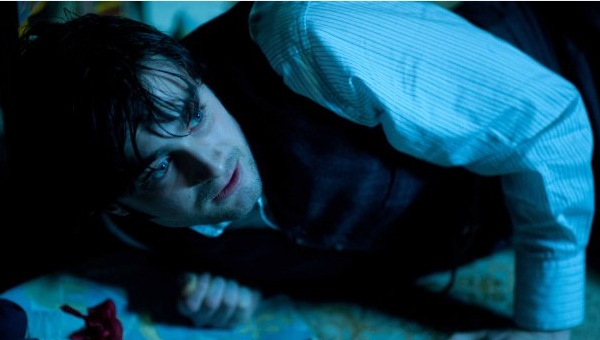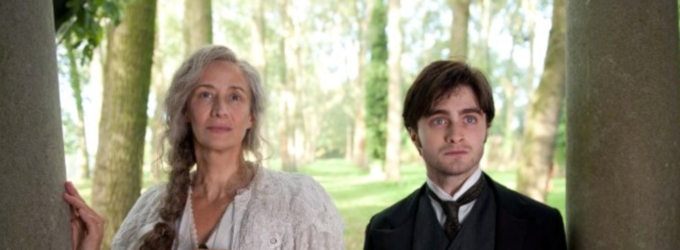The leap between source material and film will always be tough. However, with a book, a play and a television adaptation all crediting the name of THE WOMAN IN BLACK, James Watkin’s project is more of a hop, skip and a jump. Yet for those unfamiliar with Susan Hill’s original story, the premise could not be more simple – a haunted house.
Arthur Kipps (a post-Potter Daniel Radcliffe), on his last legs at work, travels north to look into the posthumous affairs of Alice Drablow of Eel Marsh House. Grieving for his lost wife, our protagonist quickly finds himself at odds with the similarly sorrowful locals. Yet it does not take long for Arthur to realise larger problems lie in the house he is bound to investigate.
Full advantage is taken of the benefits of the cinematic set design, creating a paedophobic house of horrors, creaking and croaking in the marsh
The new THE WOMAN IN BLACK is remarkable for its alterations. Plot and story is surgically snipped left, right and centre with taste and refinement, supported ably by Radcliffe and Hinds. Yet the show stealing performance is from the house itself. Full advantage is taken of the benefits of the cinematic set design, creating a paedophobic house of horrors, creaking and croaking in the marsh.
To ascribe lofty aims to Watkins’ feature, or indeed Hill’s novel, would be misleading. Despite themes of grief and the afterlife, principle number one is to scare; and scare it does. The first hour freezes and chills even more than a walk in its bleak Yorkshire setting. Every dark shadow is expected to turn and glare with maniacal malice; every creak and sound, a horror waiting to manifest. Subtle and underplayed, it bears marked resemblance to its theatrical cousin, with whole scenes being lifted.
Yet as the film clocks an hour, it’s as if all involved couldn’t restrain themselves any longer and the melodramatic, CGI-swamped kitchen sink is thrown full in the face of the audience. To the credit of the film and Watkins, the scenes remain hair-raising despite the preposterous finale. Yet one can’t help but wonder how much more terrifying it might have been if we were left ‘alone’ in the house a little longer.



I don’t think my heart could’ve taken more of the being alone in the house.
that whole third night sequence left me in a cardiac exhaustion similar to that of a rollercoaster